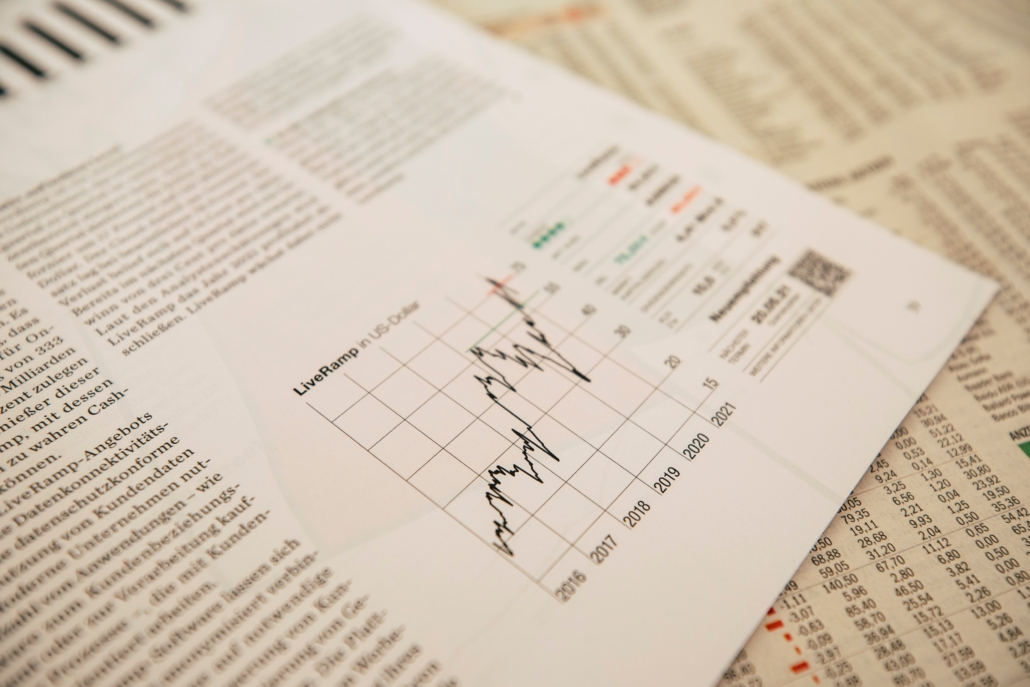

The reparability index is defined as a tool in the fight against programmed obsolescence, whose role is to avoid or minimise the premature scrapping of products in order to preserve the natural resources needed for their production. For each product there is a reparability index, measurable according to several criteria that allow reparability under certain conditions. The reparability index is calculated on the basis of five criteria, given a score out of 10. These criteria are as follows:The reparability index is calculated on the basis of five criteria, which are given a score out of 10: Documentation : score determined by the producer’s commitment to make technical documents available free of charge to repairers and consumers for a number of years.Demontability : score determined by the ease with which the product can be dismantled, the type of tools required and the characteristics of the fasteners.Availability of spare parts: score determined by the manufacturer’s commitment to the availability of spare parts and the time taken to deliver themPrice of spare parts : score determined by the ratio between the selling price of spare parts and the price of the productFinally, the Specifics : score determined by sub-criteria specific to the product category concerned.The details of this rating must be made available to the consumer by the seller at the time of purchase. The compulsory display of a reparability index is introduced by article 16-I of law n° 2020-105 du 10 February 2020 Since 1 January 2021, the reparability index has been deployed for 5 categories of household electrical and electronic products: washing machines, smartphones, laptops, televisions and electric lawnmowers. This index informs consumers about the degree of repairability of the products concerned, enabling them to assess the advantages and disadvantages of the product. It also makes consumers aware of the possibility of extending the life and use of their appliances. Finally, it steers purchasing behaviour towards products that are easier to repair, and encourages consumers to make greater use of repairs in the event of a breakdown. By 2024, the anti-waste law for a circular economy provides for this index to become a sustainability index by adding new criteria such as the robustness or reliability of products.
Questions about CircularPlace?
Want to follow us?
Subscribe to our newsletter!
Questions about CircularPlace?
Want to follow us?
Subscribe to our newsletter!



